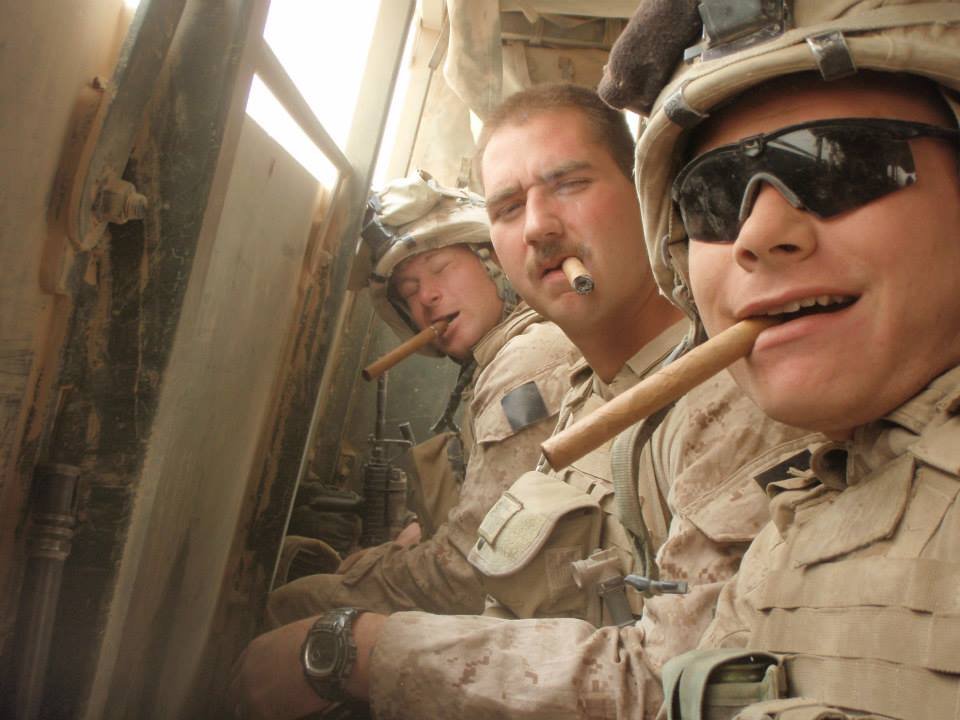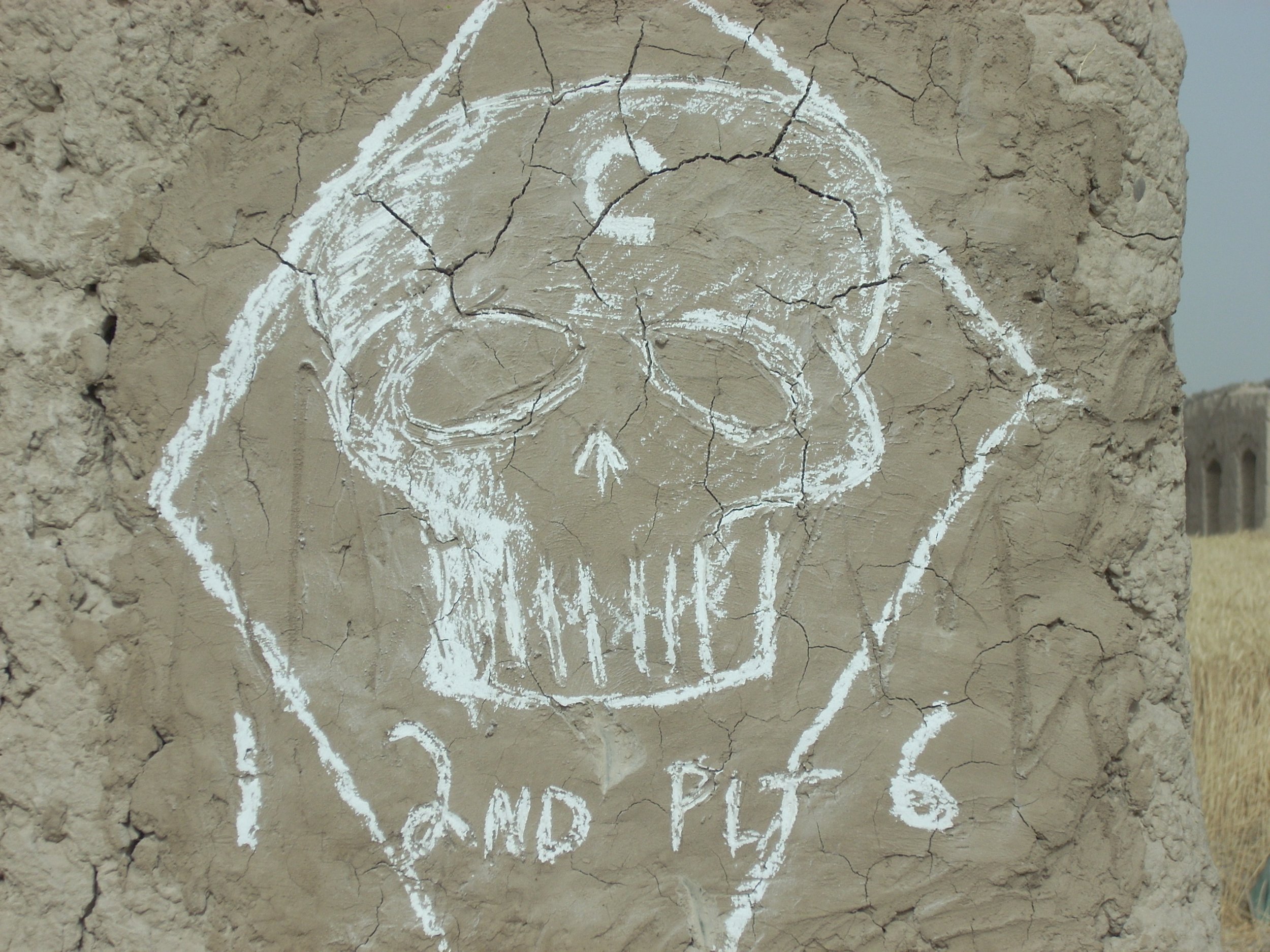
Death Walkers: Origin Story
Part One
Since 1917, 1st Battalion/6th Marine Regiment has gone from the Battle of Belleau Wood where the 5th and 6th Regiments earned all Marines the nickname of “Devil Dog” after a bayonet battle with the Huns to the Japanese in Guadalcanal and through some of the fiercest battles fought in the Global War on Terror, which brings us to where our story picks up with Operation Asbury Park in 2004.
Led by Lieutenant Colonel Khan, Task Force Genghis was sent to clear six villages suspected of al Qaeda and Taliban activity. Comprised of 73 vehicles and 586 personnel from BLT 1/6 of the 22nd MEU, the Task Force also had a small contingent of Afghan National Army soldiers including local militiamen.
Within those 586 personnel, Second, Third and Weapons platoons tagged along from Cold Steel who had nothing to do except hunt down and kill Terrys. Although the origin of the call sign could be older, Cold Steel has been the call sign for Charlie Company since the 1980s to present. When a new chain of command comes in, the call signs typically get changed. For one reason or another (probably because it’s badass), Cold Steel stuck around. Cold Steel is a reference to a bayonet, which the 6th Marine Regiment made famous in the Battle of Belleau Wood. The convoy itself was made up with gun-trucks and other vehicles from Weapons Company and all the goodies that go along with a Marine grunt unit like small arms, rockets, machine guns and mortars. The Task Force punched out from Forward Operating Base Payne on June 2nd.
Moving toward Siah Chub Kalay they made contact with 20-30 enemy fighters. Utilizing air assets along with fire and maneuver tactics, the Marines came out on top taking no casualties and they suspected they had wounded or killed several enemy fighters. However, when they conducted their BDA, little evidence was found leading to the realization that the Taliban were very good at extracting their dead and wounded while covering their tracks.
It was a successful trial by combat for the Marines of Cold Steel. They set a perimeter and hunkered down for the night.
Intel Extract: Bergmeister, Erin and Lowrey, Nathan. “Task Force Genghis and Operation Asbury Park.” Fortitudine, Vol. 35. 2010.
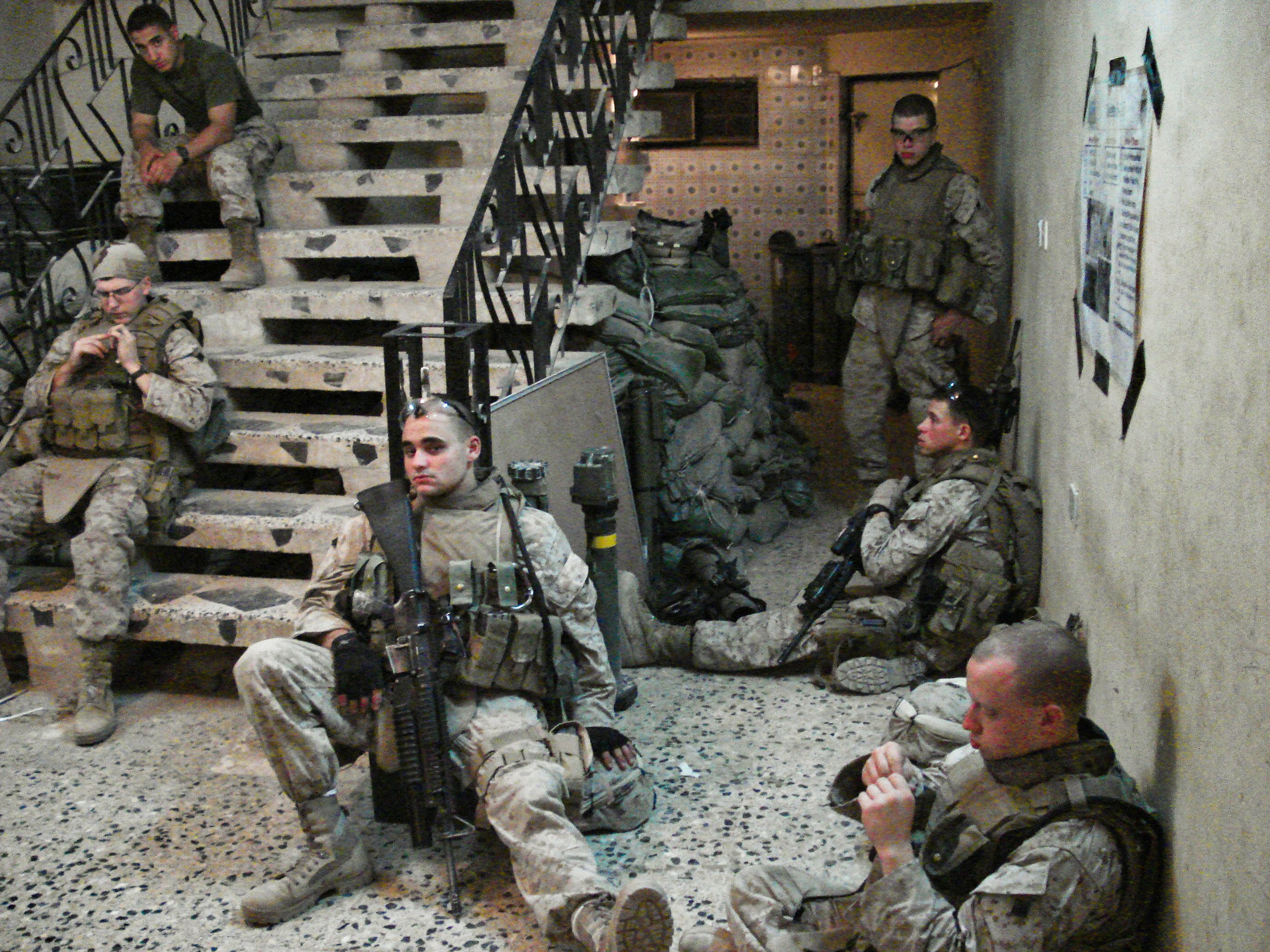
Task Force Genghis
“You’re not 1/6 HARD, you’re 1/6 DRUNK!” -Sgt Maj Hall
Like most grunt units, 1/6 have plenty of black eyes. In short, we like to party, but the battalion has a storied legacy of violence that continued with the Taliban.
The unit was made famous for their actions at the Battle of Belleau Wood where they earned the nickname of “Devil Dog” by charging German lines with bayonets in World War I.
The battalion went from WWI to WWII, Panama, Lebanon, and Kosovo, which then brings us to where we pick up with Operation Asbury Park in 2004 as part of the 22nd Marine Expeditionary Unit (MEU).
Led by Lieutenant Colonel Khan, Task Force Genghis was sent to clear six villages suspected of al Qaeda/Taliban activity. Cold Steel (Charlie Company) formed the core with 2nd, 3rd, and Weapons platoons to hunt down the Taliban.
On June 2nd, the Task Force punched out from what would later become Forward Operating Base Payne. Moving toward Siah Chub Kalay they made contact with 20-30 enemy fighters.
Utilizing air assets and ground tactics, the Marines took no casualties and suspected they had wounded or killed several enemy fighters during the firefight that was described as playing “Whack-a-Mole” in the mountains. However, when they searched the area, scant evidence was found.
It was a successful trial by combat for the Task Force. They set a perimeter and hunkered down for the night.
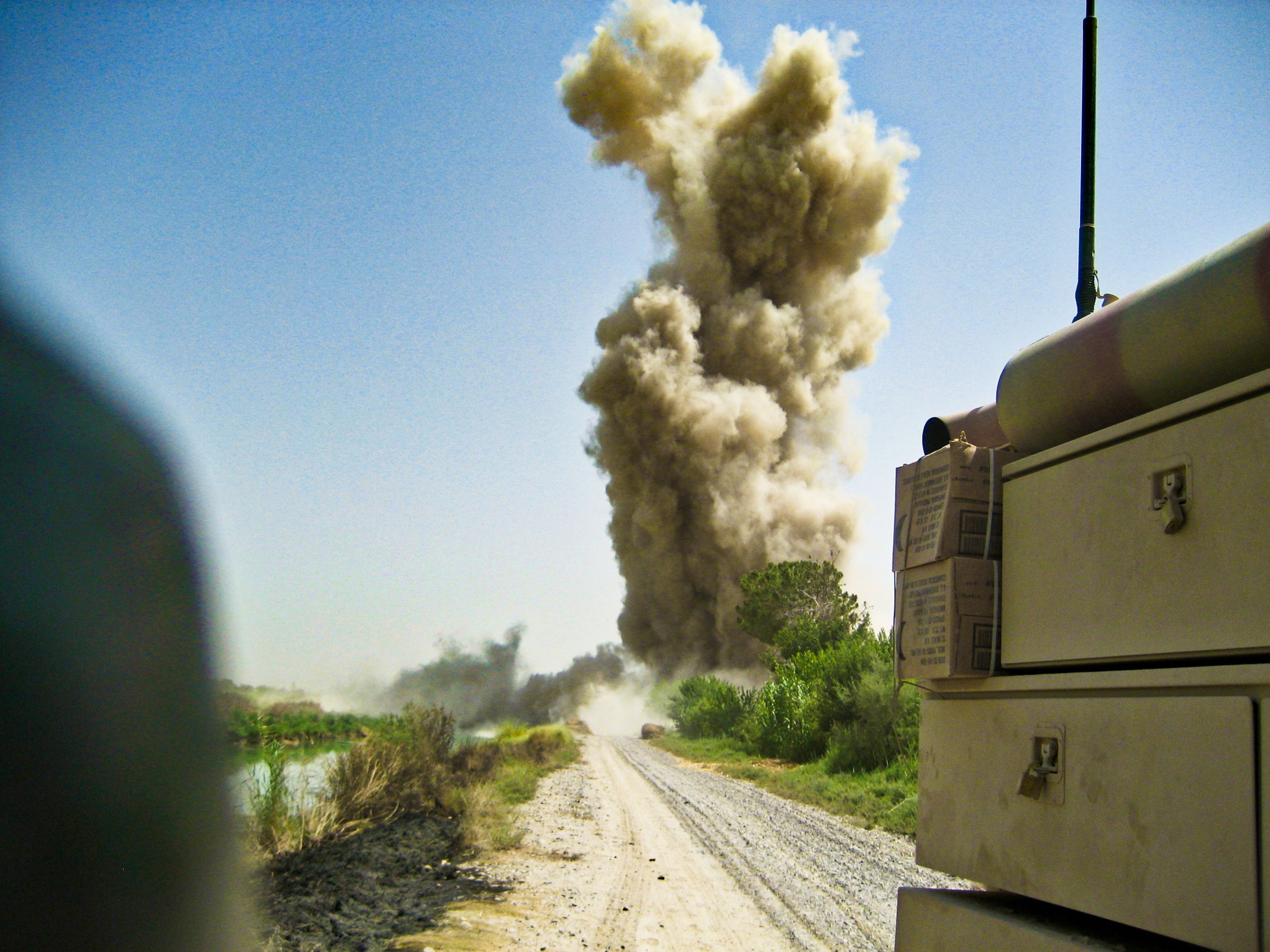
Viggiani
On June 3rd, Task Force Genghis moved toward Khabargho. As the convoy approached the village, a Cobra spotted 15-30 Taliban fighters fleeing. Cobras and Harriers engaged from the air while gun-trucks from Light Horse skirted around the village to trap the fleeing fighters.
Meanwhile, Cold Steel dismounts from second and third platoons encountered an enemy force meant to delay their push up a draw so their Taliban buddies could escape. The Marines killed four of them while sustaining three wounded Marines, one of which was Sergeant Anthony Viggiani.
Despite his wounds, Viggiani, a second platoon squad leader charged an enemy position entrenched inside of a cave. Instead of using a hammer like in Whack-a-Mole, he dropped grenades down the hole turning it into a smoking mole pit. Because of Viggiani’s actions, the Marines continued to pursue the Taliban fighters up a ridge where they found a cave system and turned into rubble via B-1 Lancers.
Viggiani was awarded the Navy Cross for whacking Taliban moles in style.
Back in Khabargo, it was confirmed that a key Taliban leader had left the night before and headed northeast.
Numbers vary depending on the source, but with only two days into the operation, Task Force Genghis had stacked up over 20 confirmed kills. With a few Marines wounded and the Taliban on the run, the operation was off to a great start.
Despite the progress made, little attention was given to what the 22nd MEU was doing in 2004. All eyes were on Operation Iraqi Freedom. Just a month prior to the start of Asbury Park, the first Battle of Fallujah had been called off allowing al Qaeda in Iraq to flourish.
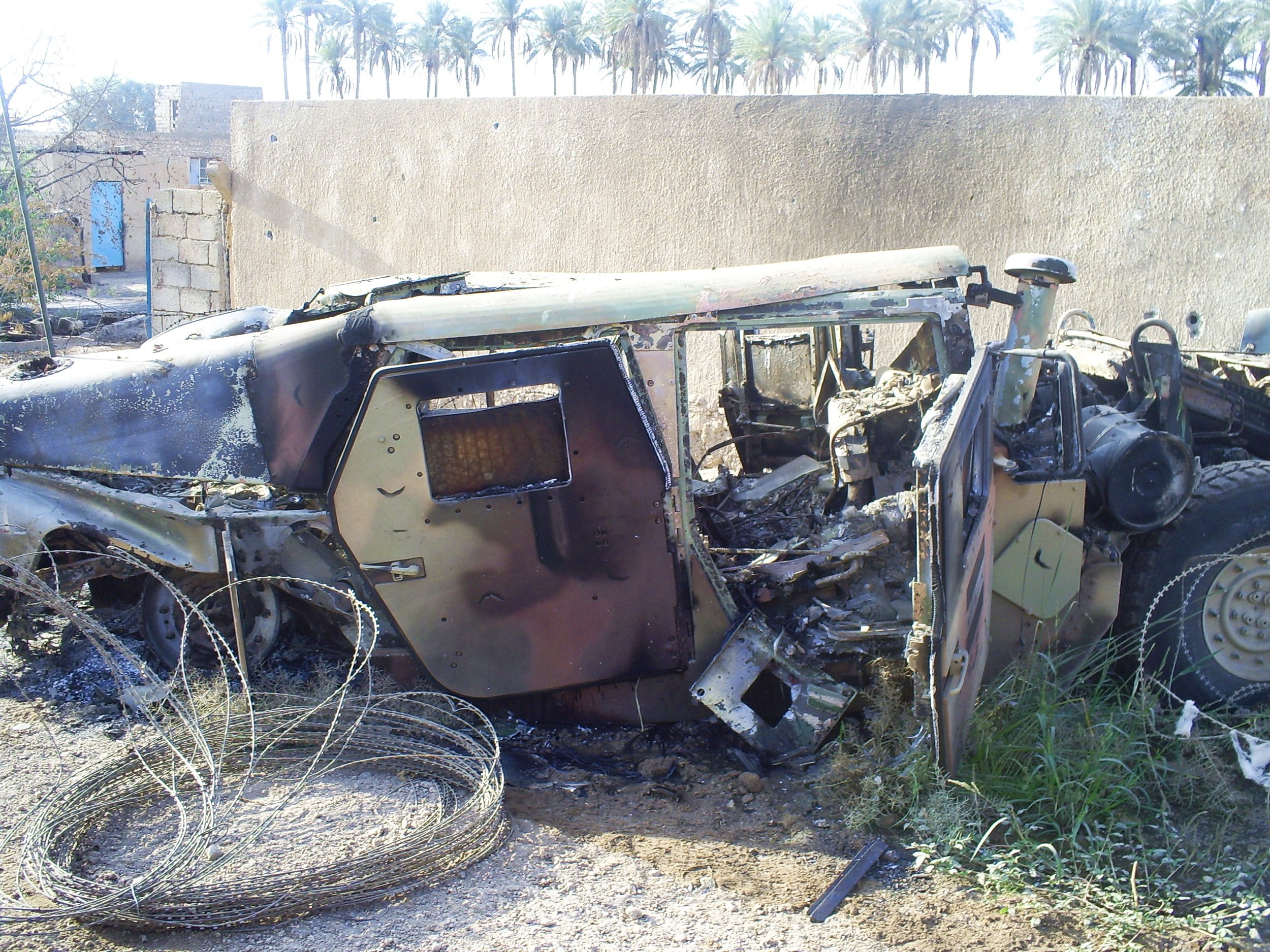
A Good Day
Task Force Genghis continued towards the next village, Hazarbuz. Right away, comms Marines began to intercept Taliban traffic. The Marines knew they were being watched.
The terrain shifted from an open valley to a narrow passage with high rising slopes off to either side as they pushed closer to their objective. The slopes were littered with natural fighting positions to shoot down from.
Suddenly, the convoy came to a halt and Cold Steel dismounted to provide security. Chief Warrant Officer 2 Chaney and his Afghan militiamen detected an Improvised Explosive Device (IED) ahead of their lead truck and called for an Explosive Ordnance Disposal (EOD) team to check it out.
When EOD arrived, they found a daisy chained IED. A daisy chain was several explosive devices spread out along the same detonation wire which was then set off by some kind of trigger device.
Shortly after the IED was disposed of they arrived in Hazarbuz and found the place hastily deserted.
Towards the waning hours of the day they took contact from a ridge line on the eastern side of the village.
The Marines returned fire and called in Harriers and a Specter gunship. The Taliban suffered an estimated 10 KIA with no Marine casualties.
June 4, 2004 was another good day in the Corps.
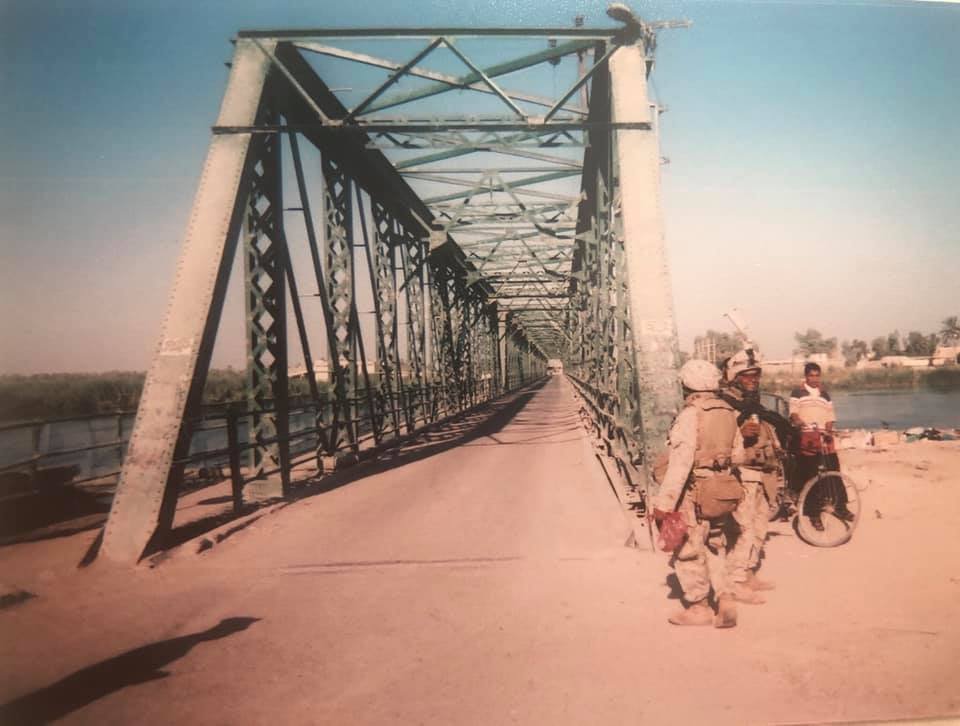
Swiss Cheese
Lieutenant Colonel Khan had Task Force Genghis stay in Hazarbuz for another day and put forth a tenacious plan to search the surrounding area. The patrols turned up an enemy assembling area for an estimated 200 enemy fighters.
To the north, Task Force Bushhog, the MEU’s Maritime Special Purpose Force along with a platoon of ANA, got into a scrap with a group of Terry’s. It didn’t take long before they were scwhacked by an A-10 Thunderbolt.
On June 6, 2004 TF Genghis moved onto the village of Andar suspecting an ambush from the incoming radio chatter. A Marine Cobra spotted a group of suspected fighters, but it turned out to be civilians.
As they tried to make up for time lost on the civilians, they were finally ambushed. The Afghans in the front abandoned their trucks when they encountered an IED and RPGs leaving the convoy in the kill zone.
CWO2 Chaney had to round up several Marines to move the trucks to open up a hole to get them out of the kill zone. Light Horse pushed to the front of the convoy and engaged while Cold Steel dismounted and maneuvered to flank the Taliban fighters.
The Terry’s ducked out of a building they were in sensing they were about to become Cold Steel pin cushions. They ran into a Cobra on the flip side which promptly turned them into Swiss cheese.

Blood Thirsty
Task Force Genghis cruised through Andar after the ambush and found a cave complex that they subsequently bombed by a Lancer while patrols came into contact with Taliban fighters and killed three of them.
Around this time, the news of this group of Marines had spread fast across Taliban channels. A captured fighter was quoted saying, “These Americans are not like the ones before. They stay and fight. Wherever they go they create death; they are death walkers.” The Taliban also reported that they believed that the Marines drank blood.
Khan got the attention of Special Operations who helped the TF out logistically because they were the only ones killing Taliban. At the time in 2004, Afghanistan was an afterthought because of the Iraqi War fiasco and TF Genghis had trouble getting supplies.
The Task Force came to a halt at an impassable route going to Ekrak and switched back towards Sandabuz instead. The convoy drove through a valley nearing the village.
As soon as the Marines dismounted, they began to take small arms fire from multiple elevated positions in the sloping valley. Light Horse moved up through the kill zone and returned fire as Afghan Militiamen went left and Cold Steel went right. Air support cleared the high ground so the Marines could establish a cordon and push into the village. They encountered more fighters and detained several after a brief fight.
Instead of staying the night in Sandabuz, they moved on towards Dey Chopan (Daichopan), a remote village in the Zabul Province.
As TF Genghis rolled into Dey Chopan, an enemy force of 70 or so fighters, in trenches and bunkers hammered the Marines with small arms fire and RPGs. TF Genghis killed 21 of them and captured eight while three Marines were wounded.

A Legacy of Violence
Vietnam was notorious for kill counts as a measure of success. If the United States killed more Viet Cong than they did Americans, the U.S. won. Yet, as Americans are painfully aware, (or blissfully unaware) kill counts don’t win wars regardless of how lopsided they are.
Those in Afghanistan took notice of Task Force Genghis’s kill count not because it was a big number, it stood out because there weren’t a lot of Americans double tapping Taliban at the time and everyone wanted in on the action. Army Spec Ops helped them out on numerous occasions.
When the Task Force rolled into Daichopan on the morning of June 9th, 2004, it was deserted. The Marines had decimated the local leadership and when they arrived, the Taliban had made the wise decision to not be there.
They were then ordered to retrace their steps back to FOB Payne. Most Taliban fled when they encountered the Death Walkers. Still, they racked up another four kills on their way back from June 13-15.
When Operation Asbury Park ended on June 18th, 2004, TF Genghis was responsible for having killed an estimated 90 enemy fighters and wounding nine others to help secure the area for the upcoming elections.
The legends of Khan, Viggiani, and Task Force Genghis gave birth to a generation of Death Walkers who then carried on the legacy of violence that began in 2004.

The Khan
Upon arrival to 1/6, Marines are indoctrinated with the lore of the 6th Marine Regiment. From Devil Dogs to Death Walkers, 1/6 has cemented its place in the history of war.
With a legacy like the 6th Marines, it leaves big boots to fill. Senior leadership in 1/6 has always demanded more out of their Marines and Lieutenant Colonel Khan got more and then some in Afghanistan. Their actions in 2004 then put the battalion on a combat heavy trajectory that would end in Syria nearly a decade and a half later.
Khan was an outstanding Marine officer and he wanted nothing more than to wipe the Taliban from the face of the planet. There are plenty of leadership books out there and he took the most basic tenet to heart: lead by example.
Here are a couple of examples of his legendary exploits to which there are many:
Being Pakistani himself, Khan had friends in the Pakistani military. Since a sizable Taliban force retreated across the border into Pakistan, he called up his buddy in Pakistan who then ordered an airstrike on the country-hopping Terrys.
Khan also had Task Force Genghis hunt down enemy fighters who had gone across the border of Pakistan and brought them back.
Every Marine unit has its legends. It’s up to the future generations to uphold 1/6’s legacy of violence left by the Belleau Woodsmen, Khan, Viggiani and the Death Walkers.
